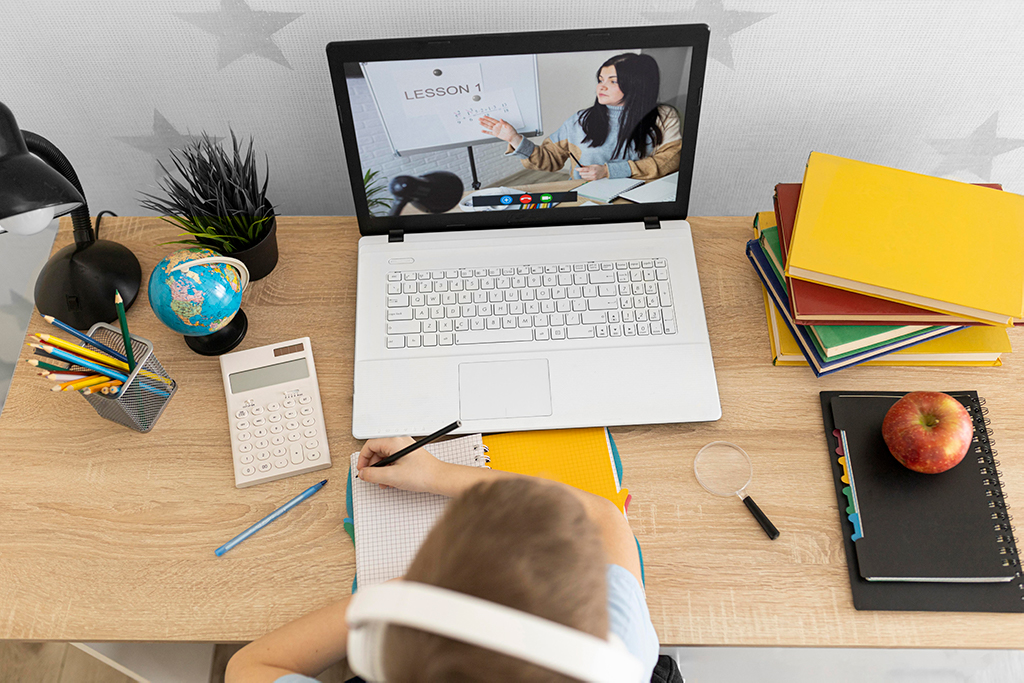How Online Learning Tools Complement Classroom Education
In recent years, the education sector has witnessed a remarkable transformation. While traditional classroom learning continues to play an essential role in shaping students’ academic journeys, the rise of online learning tools has introduced new possibilities that were once unimaginable. Far from replacing classrooms, these tools act as valuable supplements, enriching the teaching and learning experience. When combined, they create a dynamic hybrid model that empowers both teachers and students.
Bridging the Gap Between Theory and Practice
Classroom education often focuses on structured lessons delivered in a set time frame. While this system builds discipline and routine, students may not always fully grasp concepts within the allotted class period. Online learning tools help bridge this gap by providing additional resources such as recorded lectures, interactive modules, and explanatory videos. For example, a mathematics class may introduce algebraic equations in school, and students can later practice them using online apps that offer instant feedback. This continuity between classroom teaching and digital reinforcement ensures better understanding and retention.

Encouraging Personalized Learning
Every student learns at a different pace. In a classroom setting, teachers often have to move forward with the syllabus regardless of whether some students lag behind or others are ready to advance. Online learning platforms complement this by allowing learners to revisit lessons, pause when needed, or explore more advanced topics independently. Tools like adaptive quizzes and personalized dashboards track individual progress, giving students ownership of their learning journey. This personalization not only improves comprehension but also boosts confidence.
Enhancing Teacher Efficiency
Contrary to the misconception that online tools diminish the teacher’s role, they actually make teaching more effective. With access to learning management systems, teachers can upload notes, create assignments, and track student progress in real time. Online polls, quizzes, and collaborative boards make classrooms more engaging, helping teachers identify areas where students struggle. Additionally, automated grading systems reduce workload, allowing educators to focus more on mentoring and interactive teaching.
Promoting Collaborative Learning
Classroom discussions remain an important part of education, but online platforms expand collaboration beyond school walls. Students can work on shared documents, participate in discussion forums, and contribute to group projects even outside class hours. This creates a continuous learning loop where peer-to-peer interaction is not limited to physical classrooms. For example, a history project can involve a shared online timeline where each student contributes research, fostering teamwork and digital literacy simultaneously.
Expanding Access to Resources
One of the greatest strengths of online learning tools is their vast resource pool. While textbooks provide the foundation, online platforms offer multimedia content—videos, infographics, simulations, and even virtual labs—that make complex subjects easier to understand. A student studying biology can virtually dissect a frog, while another exploring astronomy can view interactive 3D models of the solar system. These resources break geographical and financial barriers, ensuring students everywhere have access to high-quality educational material.
Preparing Students for the Digital World
Modern workplaces demand digital fluency, critical thinking, and problem-solving skills. By integrating online tools with classroom education, schools equip students with the technical proficiency required for future careers. From using collaborative platforms like Google Classroom to mastering coding basics through online tutorials, students learn to navigate digital environments effectively. This exposure also nurtures lifelong learning habits, as they become comfortable seeking knowledge beyond textbooks.
Encouraging Self-Discipline and Responsibility
Classroom learning ensures supervision, but online tools require self-motivation. When students balance both, they develop discipline and responsibility. For example, they may need to complete assignments online, participate in virtual discussions, or review recorded lectures on their own time. These experiences teach time management, accountability, and independent study skills—qualities essential for higher education and professional life.
Supporting Parents in the Learning Process
Online learning platforms also create transparency for parents. Many tools allow parents to track attendance, grades, and teacher feedback. This keeps parents actively involved in their child’s progress without waiting for quarterly reports. Such collaboration between teachers, students, and parents strengthens the overall learning ecosystem, ensuring timely intervention when needed.
Building Resilience Through Flexibility
Classroom learning can sometimes be disrupted due to unforeseen circumstances such as health issues, weather conditions, or emergencies. Online learning tools ensure continuity during such times. Students can access materials, attend virtual classes, or complete tasks remotely. The COVID-19 pandemic highlighted this flexibility, showing that hybrid learning is not just an option but a necessity for resilience in education.

The Ideal Blend: Hybrid Learning
The future of education lies in balance. Classrooms provide structure, discipline, socialization, and hands-on guidance, while online tools offer flexibility, personalization, and resource-rich experiences. Together, they create a holistic system where students benefit from the best of both worlds. Schools that successfully integrate digital platforms with classroom teaching foster an environment where learning becomes engaging, interactive, and future-ready.
